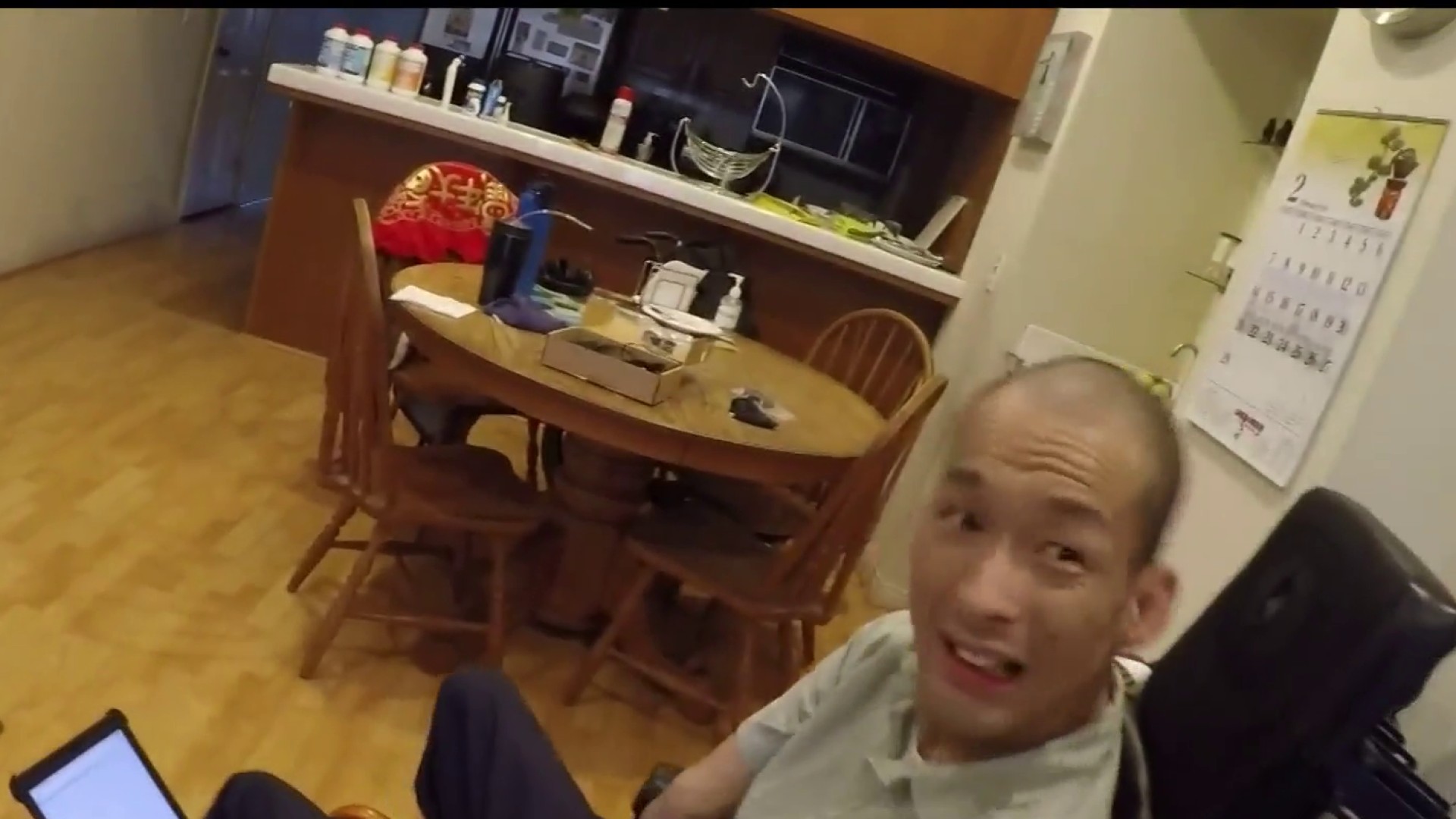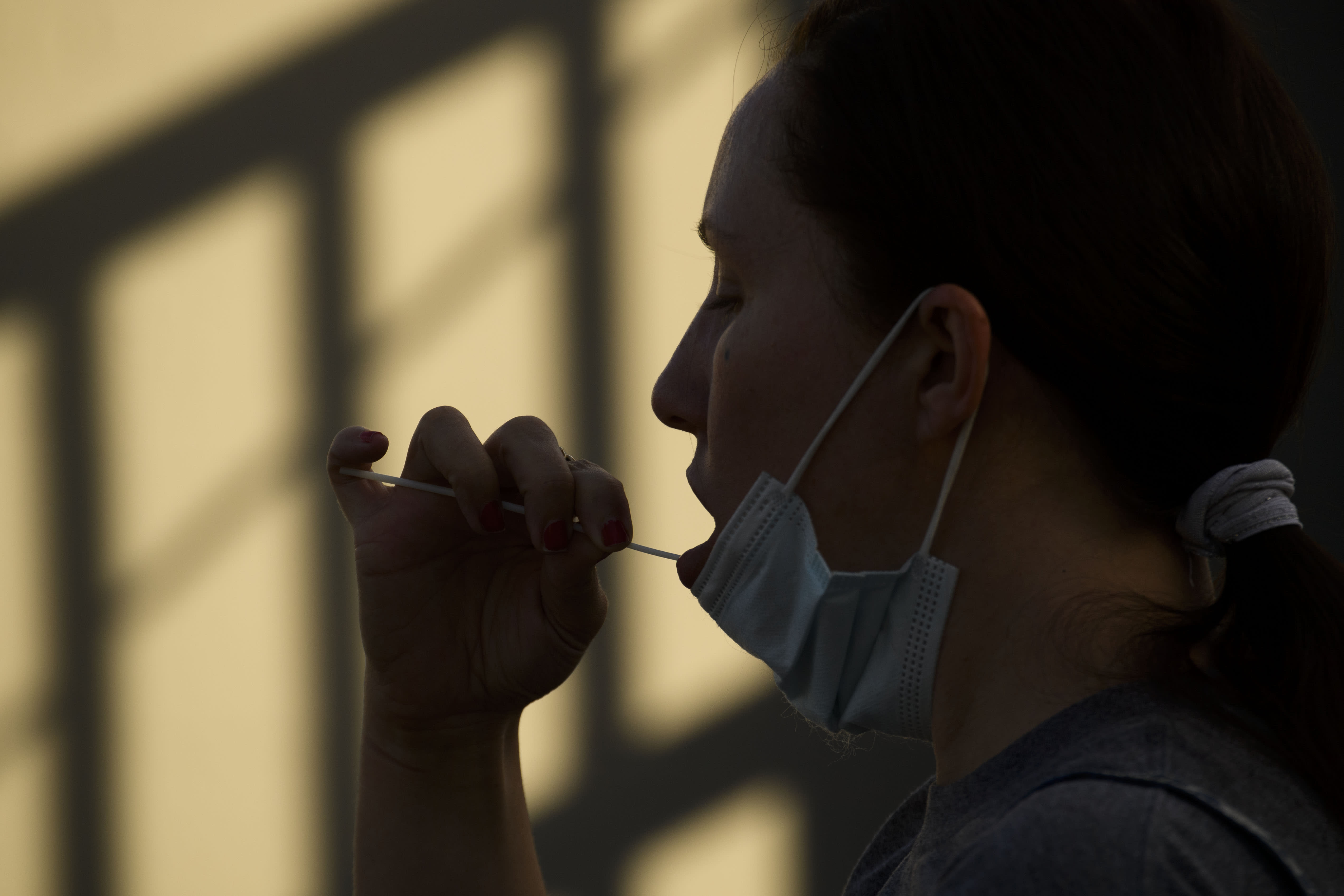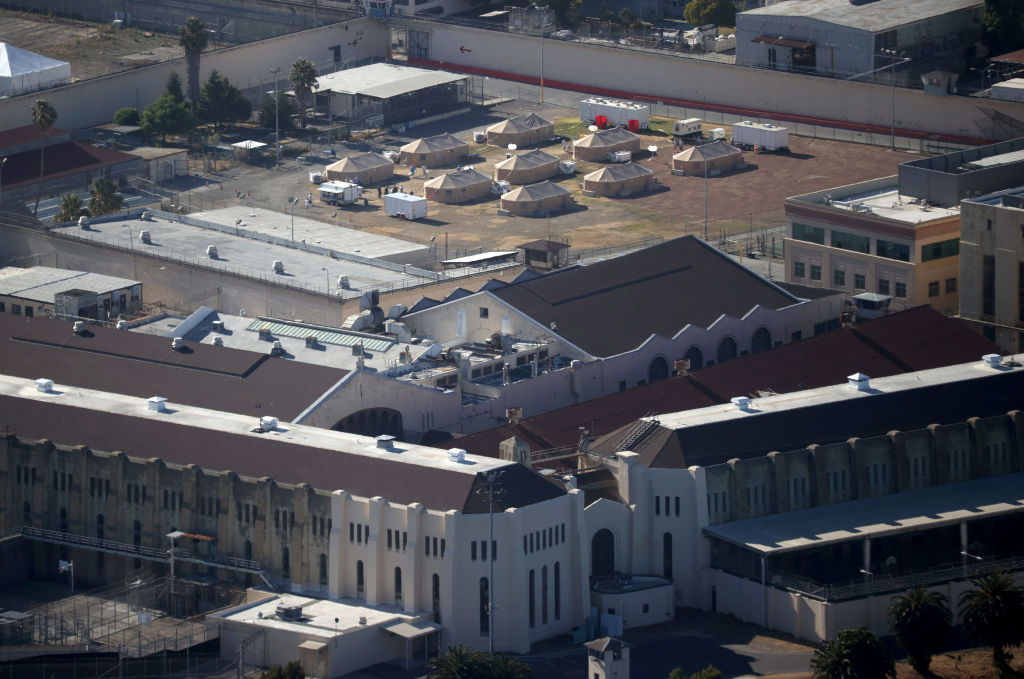While the pace of administering COVID-19 vaccines has been dragging due to limited supplies, Los Angeles County health officials insisted Monday the county is exceeding the progress of other large jurisdictions and is getting doses into people's arms as quickly as possible.
"Although our doses are limited, we have immunized so many amongst the most vulnerable of our communities," county Supervisor Hilda Solis said. "In fact, Los Angeles County has been able to vaccinate a higher percentage of our population than Cook County (Illinois) and Harris County (Texas), which are the second and third more populous counties in America, right after Los Angeles County."
Solis said that as of late January, 7.9% of people in Los Angeles County had received at least a first dose of the vaccine, and the county had administered 79.8% of its supply.
According to county Public Health Director Barbara Ferrer, the county as of last week had received 991,375 doses of the vaccination, and 790,902 shots had been administered.
"LA County has administered more doses to date than any other large county or large city in the United States, and we have the highest percent administration rate," Ferrer said.
She acknowledged, however, that the limited availability of vaccine has dramatically slowed the overall effort. The county's weekly allocations have varied greatly, but have been averaging around 140,000 doses. And of late, much of the new vaccine supply being received each week must be reserved to provide second doses to people who have already had the first shot.
Ferrer noted that more than 85,000 appointments at county vaccination sites have been reserved through Feb. 19 for second doses.
"The biggest challenge remains not having enough vaccine for all of those eligible to be vaccinated,'' she said. "We are hopeful that by March there is increased production and supply across the county, the state and LA."
The vaccination effort is continuing as the county sees a steady decline in case rates and hospitalizations. Ferrer said the average daily number of new cases reported by the county has dropped by 67% since the beginning of January, but still remains about five times higher than the numbers the county reached last September, before the winter surge. Average daily hospitalizations are down about 30% since the beginning of the month.
Ferrer said daily deaths are down about 33% from early January, but she called that a small decline compared to the 1400% surge in daily deaths in December into January.
"This is a tragedy that we've yet to turn around," she said.
The county on Monday reported another 85 deaths, while Pasadena health officials added three more, lifting the countywide cumulative death toll to 16,857.
Another 4,223 cases were also announced, while Long Beach announced 163 and Pasadena 49, giving the county a total from throughout the pandemic to 1,121,107.
Case and death reports are typically low on Mondays due to lags in reporting from the weekend.
According to state figures, there were 5,259 people hospitalized in the county as of Monday, including 1,415 in intensive care. The overall number is well below the daily average of more than 8,000 patients in early January.
Dr. Christina Ghaly, director of county Health Services, said emergency hospitals in the county reported a total of 816 available beds Monday morning, including 87 ICU beds.
But while the numbers are trending in the right direction, health officials urged residents to continue adhering to infection-control measures, particularly with more businesses reopened, such as outdoor restaurants.
"It is not time to relax. It is ... time to remain super-vigilant against this deadly virus and continue to stay home as much as possible," Ferrer said. "It is only by the actions that each business and each individual in LA County takes that we're going to see this continued reduction in transmission."
Ferrer also repeated a message that will be heard often throughout the week -- urging people to avoid gatherings for Sunday's Super Bowl.
"We do know that the surge was driven in part by gatherings with those not in your household,'' Ferrer said. "This is why we're asking that during this time of continued high rates of community transmission, and the appearance of more infectious variants, please stay home on Super Bowl Sunday. This year, no one should create any additional risk that will come by hosting or attending a party with people outside their immediate household. This Sunday, play it safe and enjoy the game at home with those who live in your household.''




